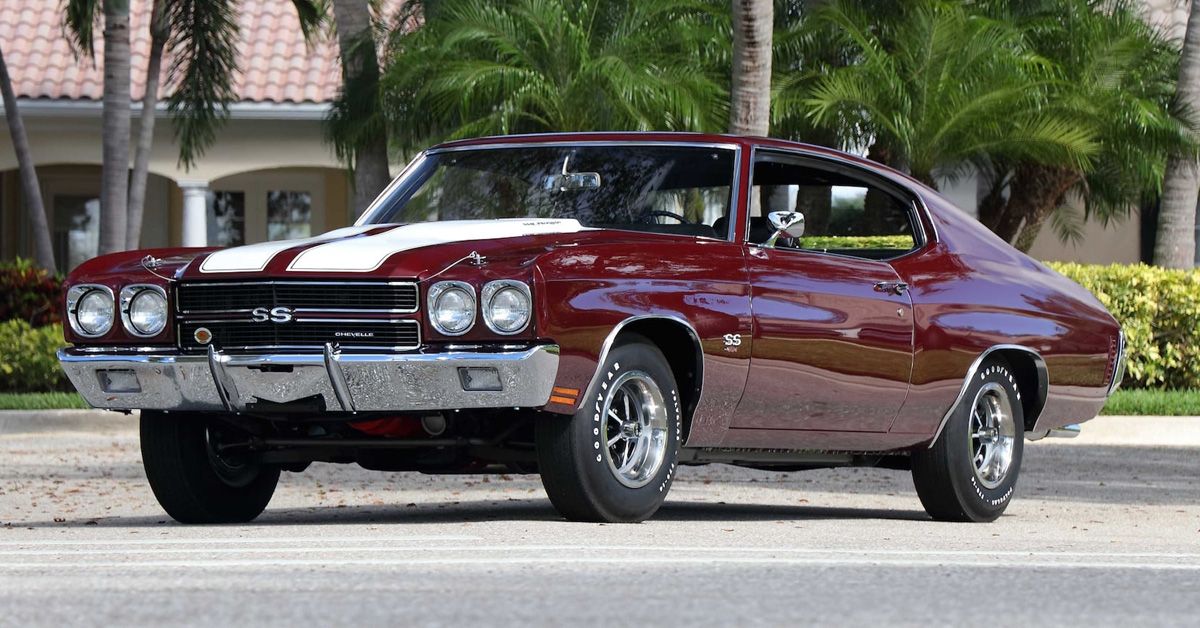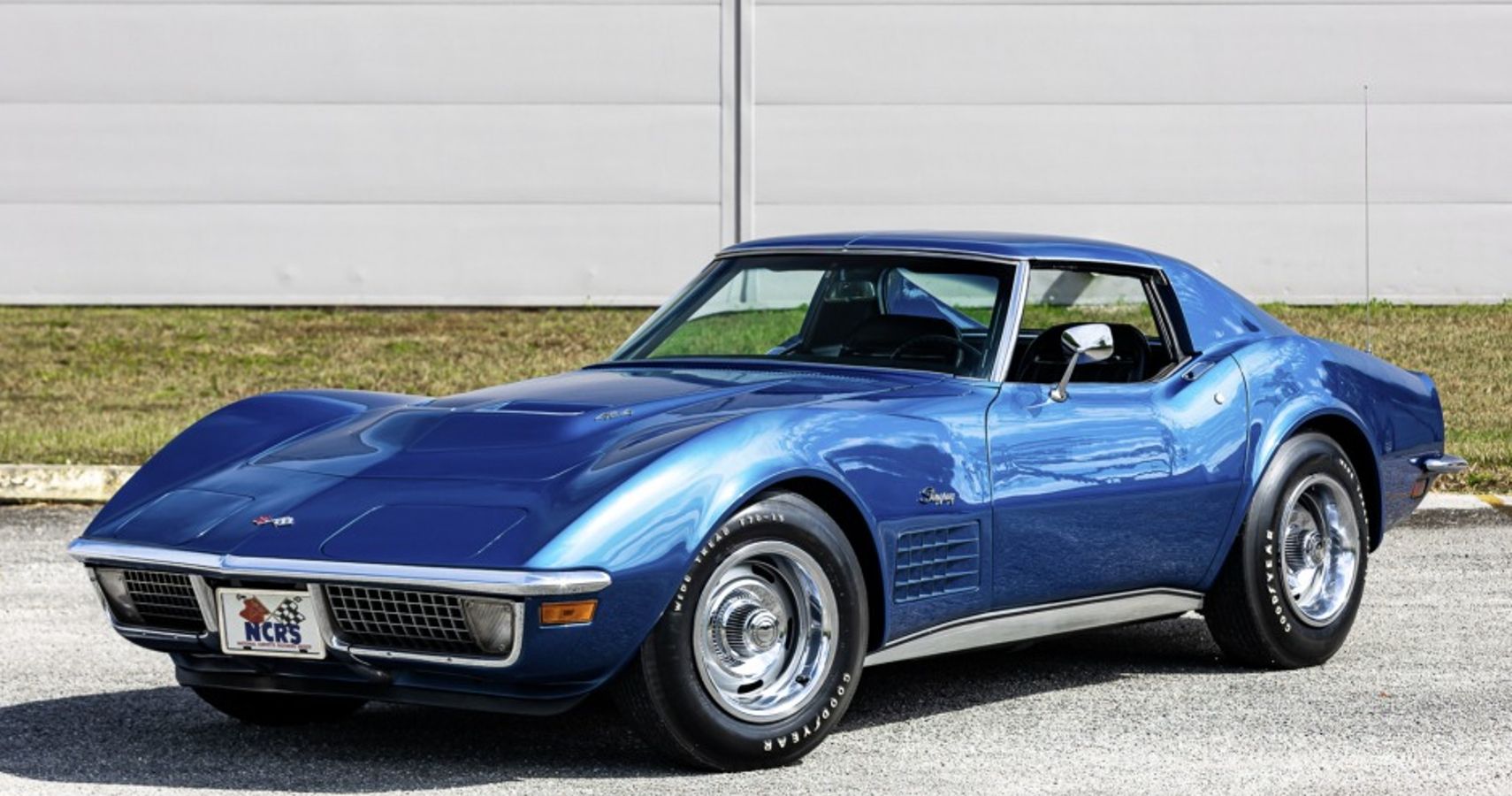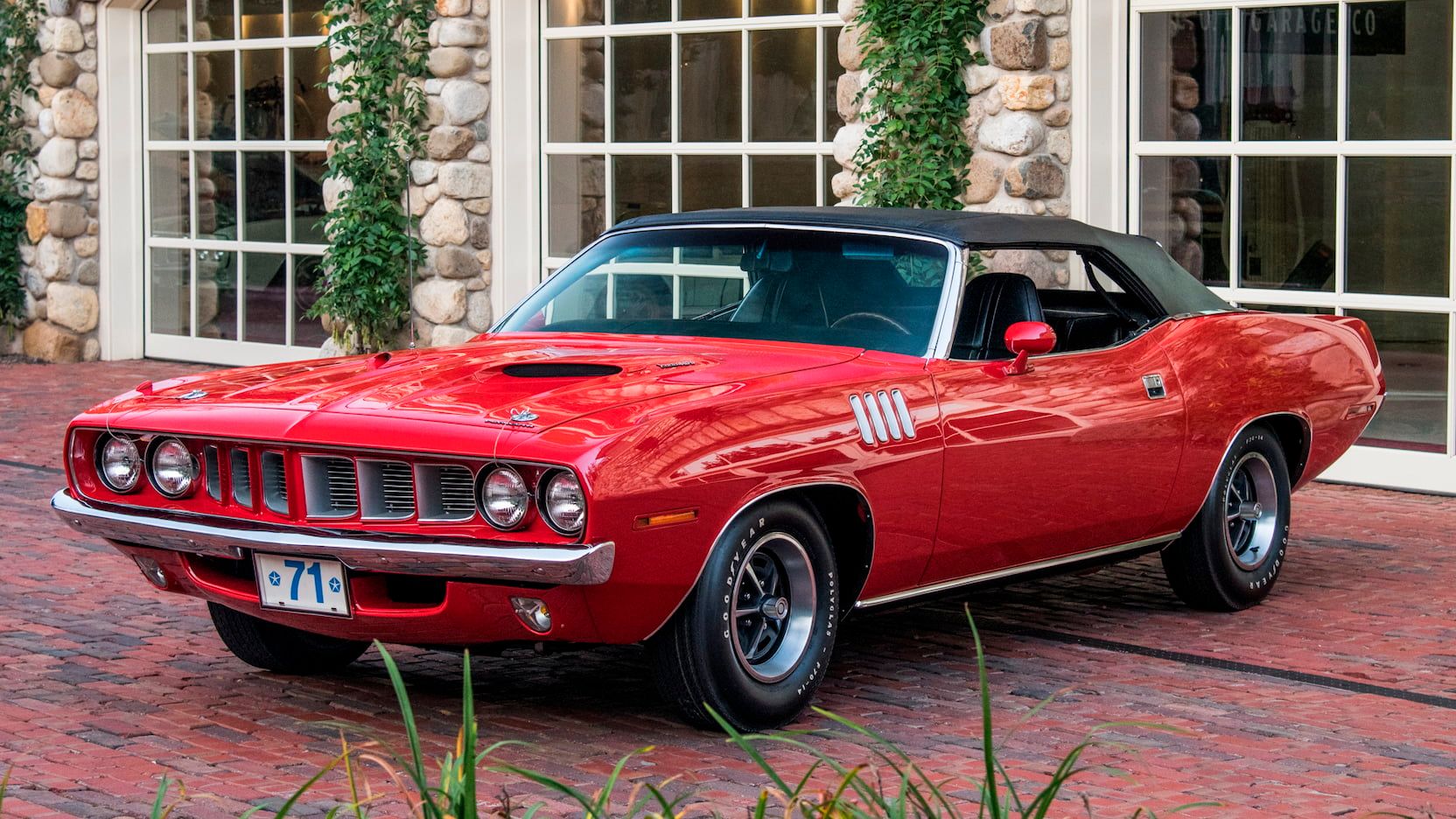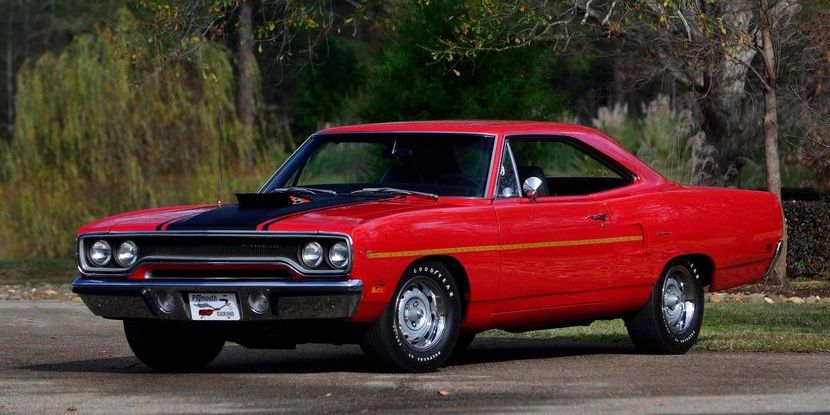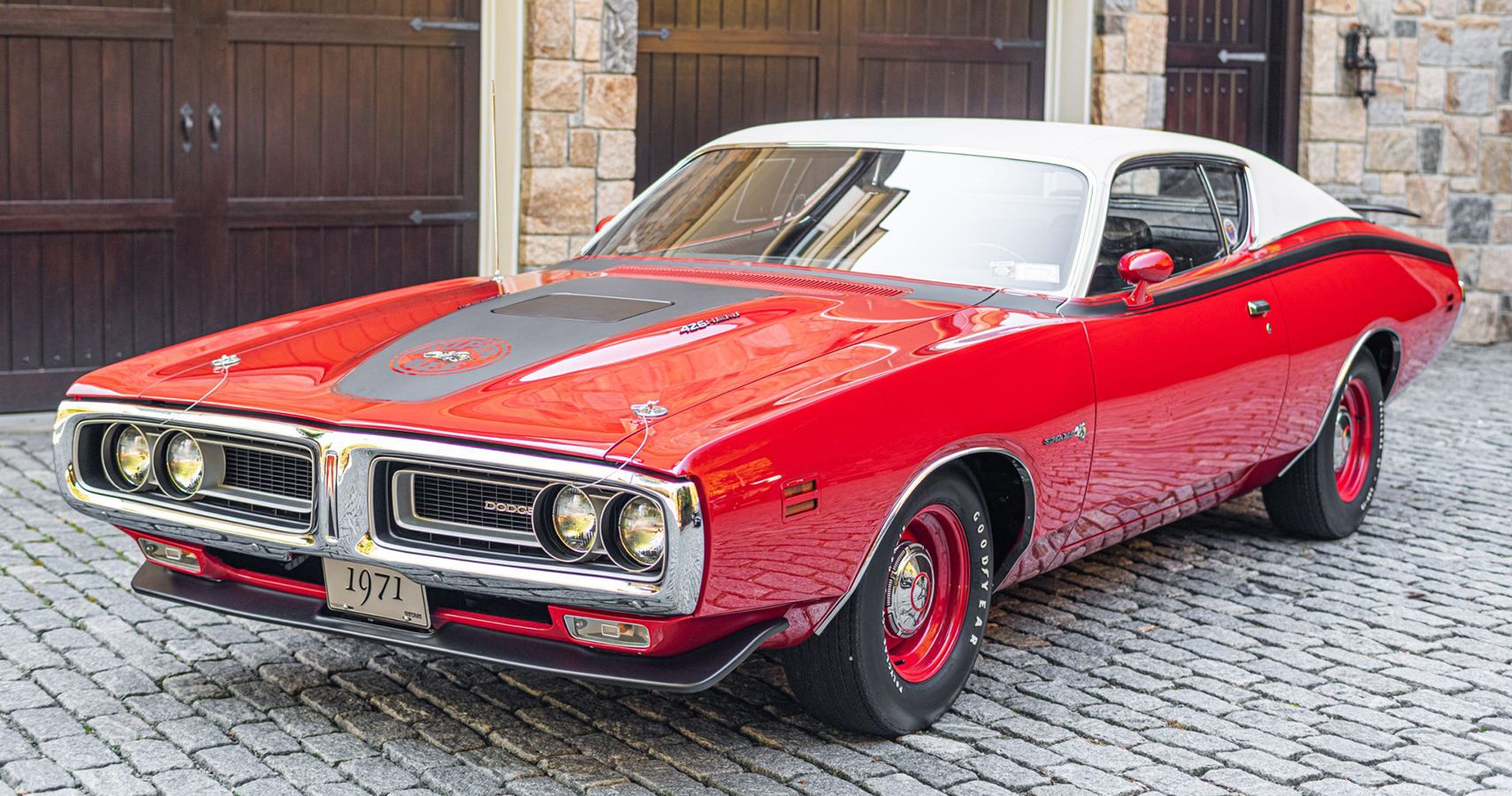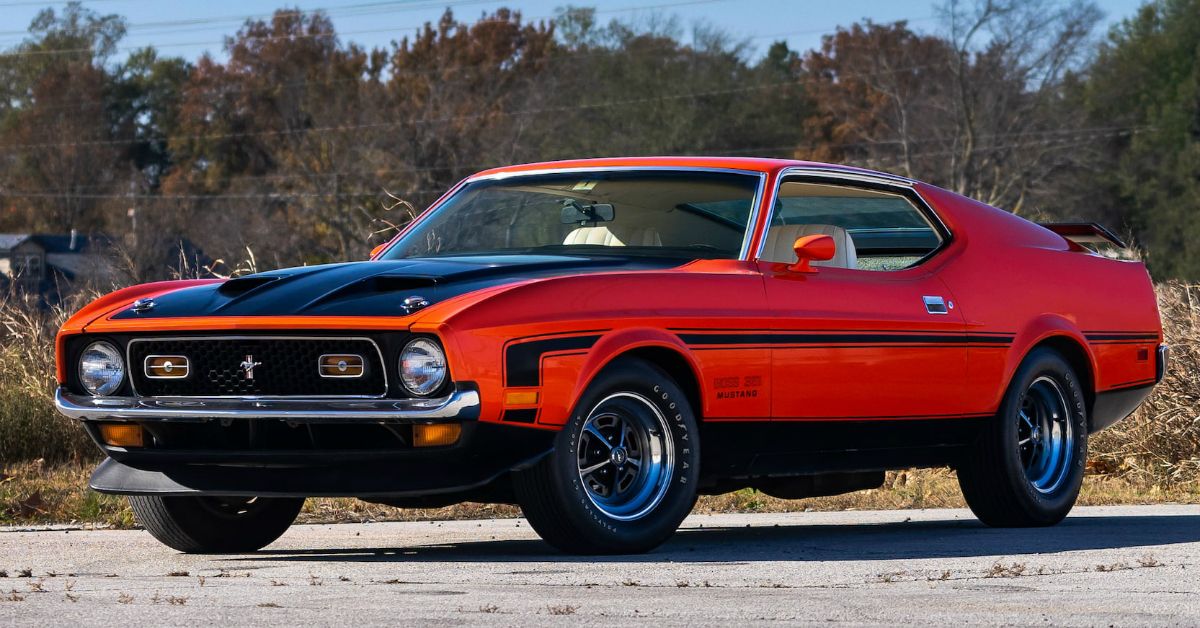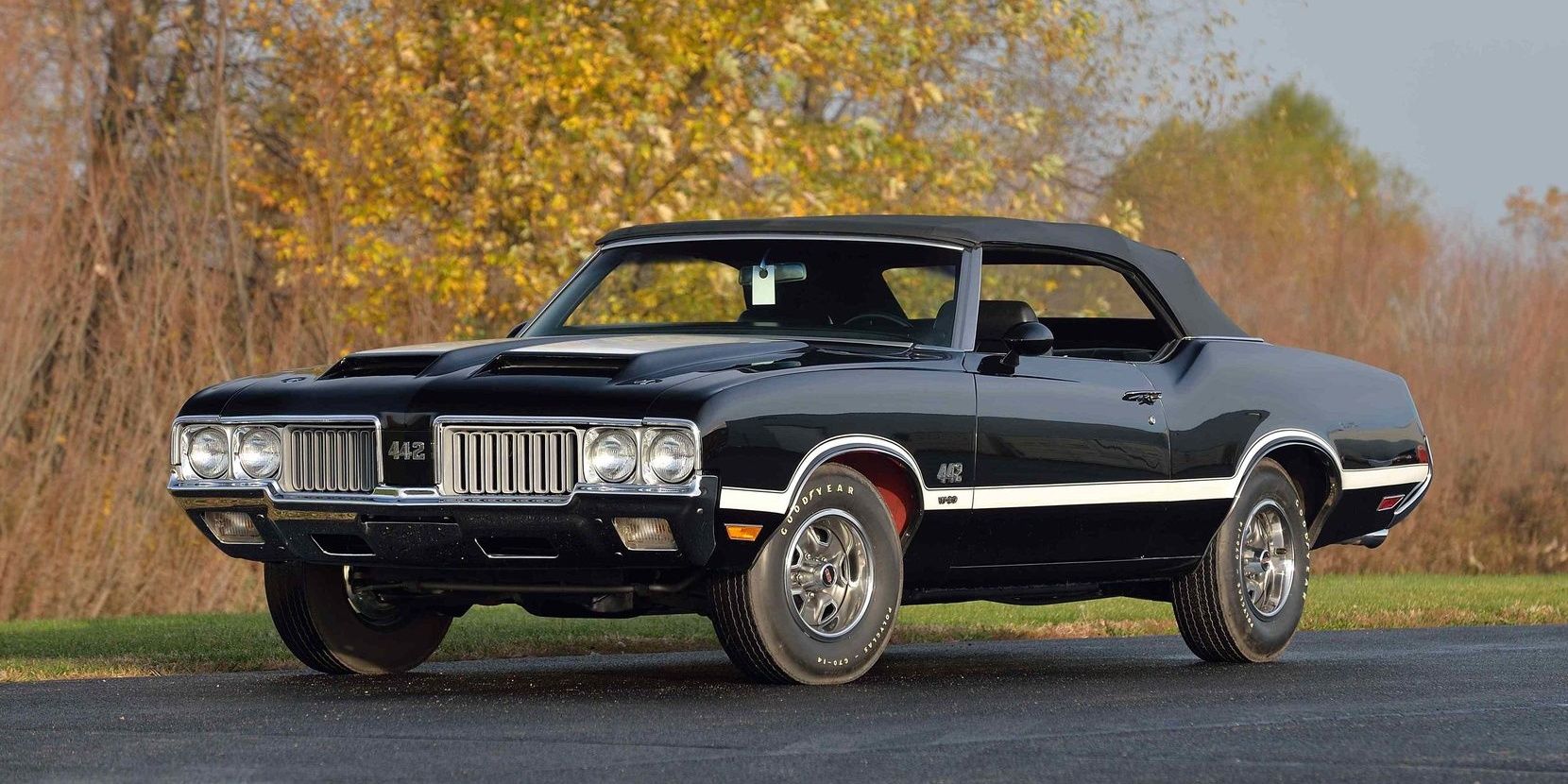The 1960s gave birth to some of the finest cars to ever grace the earth. We’re talking about, of course, muscle cars. That entire decade was essentially a free-for-all as far as big engines and poor fuel economy go. By the time the 1970s came around, the marketplace was changing, and the government was starting to impose strict regulations as far as fuel economy, emissions, and safety were concerned. A small handful of the best muscle cars managed to survive into the mid-1970s, but they were, in every meaning of the phrase, a dying breed. That was certainly bad news for the big, powerful cars of the era, but it was good news for the ones that managed to survive a little longer as they housed some of the most powerful engines and turned out to be some of the fastest cars of the time – the muscle cars from the 1970s that are still worth buying today.
Updated June 2022: Despite being the decade of the gas crisis, the ’70s produced more great muscle cars than most enthusiasts realize. To prove it, we’ve updated this list with even more fast ’70s muscle cars and some that were all show and no go.
Most of the cars you’re going to read about here hit the streets in the first couple of years of the 1970s, and for a number of reasons. The 1970s were a tough time, and the influx of affordable compact cars started flooding the market, which occurred right around the same time oil exports were cut to the United States. This, ultimately, created the fuel crisis of the time. Gas prices increased, and supply began to diminish. Add that to the fact that 1972 brought the requirement for low-lead fuel, not to mention the new CAFÉ fuel economy requirements of 1978, and you’ve got a recipe that led to the demise of the big-engine muscle cars that once reigned supreme. All of this is true, but some of the coolest muscle cars to ever grace the roads came out of this tough period, and this is their story.
Ladies and Gentlemen, we present to you 20 Muscle Cars from the ’70s still worth buying and five more that just couldn’t keep up.
27 Worth Buying: 1970 Buick Gran Sport 455 Stage I
The 1970 Buick Grand Sport 455 Stage 1 is the epitome of high-performance muscle cars. It is regarded as the Hemi killer, and with nearly 400 horsepower and 510 pound-feet of torque on tap, there’s no wondering why. This particular year was really special, though, because it was the last year that GM offered up high-compression engines before adopting the lower-lead fuel standards of 1972.
The Buick could run a quarter-mile in 13.38 seconds at 105.50 mph. All told, the 455 found under the Gran Sport’s hood was the torquiest domestic engine at the time, and it held that standard (with the exception of the Cadillac 500) until the 1992 Dodge Viper hit the market. It seems needless to say, but if you come across one of these, you better drive home with it. It’s not unheard to come across one for less than $50,000.
26 Worth Buying: 1971 AMC HORNET SC/360
When insurance companies started squeezing folks for money, AMC stepped up and created a sleeper in every sense of the word. And, that’s where the 1971 AMC Hornet SC/360 came in. In top form, it was powered by a 360 cubic-inch V8 that sucked fuel from a four-barrel carburetor and delivered 285 horsepower and 390 pound-feet of torque. Sure, those are four-cylinder numbers today, but back then, this was serious power – especially in a compact car. So how fast was it?
The Hornet could hit 60 mph in 6.7 seconds and make a quarter-mile sprint in 14.9 seconds at 95 mph. Not bad for the early 1970s, right? With all of this in mind, many reviewers back then said the SC/360 was one of the best-handling cars of the era. So yeah; it’s definitely worth buying if you can get your hands on one – they look cool, and you can get a nice example for less than $30,000 if you search enough.
25 Worth Buying: 1970 Plymouth Duster 340
The Plymouth Duster came into the muscle car scene a little late, but Plymouth wanted a sporty, fastback-like car that was based on the Valiant, and that’s exactly what it made. In base form, it wasn’t all that fast, but if a $400 option box was checked, it came complete with a 340 cubic-inch V8 that was good for 275 horsepower and 340 pound-feet of torque. Enough, to deliver a 6.2-second sprint to 60 mph and a 14.7-second quarter mile at 94 mph. That’s a little slower than its Dodge Demon 340 cousin, but it was still quite fast for the time.
With that said, the Duster is an icon to a lot of folks that lived through the 1970s, and it’s definitely a good conversation starter, but this kind of cool comes at a price, with well-preserved or restored examples going for at least $70,000.
24 Worth Buying: 1970 Ford Torino GT
The Ford Torino was created out of Ford’s desire to turn the Fairlane into a sporty, two-door coupe with higher levels of luxury and improved design. In base form, it looked the part but didn’t deliver on the performance front. Slap in the 429 Cobra Jet, however, and the Torino became faster than a good number of cars on the road today. How fast was it?
The Torino GT could run to 60 mph in 5.8 seconds and shoot down a quarter-mile track in 13.99 seconds at 101 mph, and, it did it with a stock configuration. How cool is that? Cool enough that it’s still worth buying one today if you happen to find one. Of course, you’ll need $200,000 or so to get your hands on one, but if your pockets are deep enough, go ahead and jump.
23 Worth Buying: 1970 Mercury Cyclone Spoiler Boss 429
The Cyclone was essentially the Mercury division’s answer to Ford’s Falcon and Mustang, and it started life as a high-performance version of the Mercury Comet. The real speed demon came to life in 1970, though, when it was offered with the Boss 429 engine. Underneath its hood was a 7.0-liter engine that was good for 375 horsepower and 490 pound-feet of torque. Best of all, the Cyclone could accomplish a 60-mph sprint of 6.3 seconds and a quarter-mile time of 14.8 seconds.
With those specs and the history included, this is definitely a car worth buying, but it doesn’t come cheap. A good, recreated model will pull six figures, so be ready to pony up.
22 Worth Buying: 1970 Buick Wildcat
The Buick Wildcat had a pretty illustrious history through the 1960s, and 1970 was the final year, with the short-lived Centurion taking its place in 1971. For 1970, it came with Buick’s all-new, 455 cubic-inch V8 that, was good for 370 horsepower and 510 pound-feet of torque. Of course, the 1970 model is quite rare, so there are no accurate performance specs out there, however, it’s estimated that it can do a 60-mph sprint of 7.2 seconds and a quarter-mile run of 15.7 seconds.
Despite being old, the look is still quite attractive, and its value could continue to increase. With pricing for decent examples ranging between $20,000 and $30,000, this is one muscle car worth buying.
21 Worth Buying: 1974 Chevy Laguna Type S-3 454
The Chevy Laguna isn’t exactly the fastest muscle car out there, but it’s worth mentioning here and for good reason. By the mid-1970s, muscle cars had pretty much died off with even the Mustang being offered as a four-banger economy car. In that time, the Laguna still rolled the streets with a monstrous, 454 big block that was good for 235 horsepower and 360 pound-feet of torque. It was a big car, so it wasn’t excessively fast, since it still had a 60-mph sprint time of nine seconds, and a quarter-mile time of 16.7 seconds.
20 Worth Buying: 1971 Dodge Demon 340
If you do a quick search online for “Dodge Demon,” all you’re going to find is the Challenger-based Demon, but the Demon name has more history than that, dating all the way back to 1971. You may also think that the original Duster was based on the 1971 Dodge Dart, but in reality, it was based on the Plymouth Duster.
The model stood out as the fastest back then was the Dodge Demon 340. Powered by a 340 cubic-inch engine with 275 horsepower and 340 pound-feet of torque. This Demon could run to 60 mph in 7.8 seconds and tackle the quarter-mile in 14.56 seconds at 96 mph. The top speed was said to be at least 127 mph which doesn’t sound like much but was a lot for the time. It might not be as fast as the latest Dodge Demon, but it’s packed to the brim with history and is a worthwhile buy, even as a restoration project. With pricing typically falling below the $30,000 mark, it’s just icing on the cake.
19 Worth Buying: AMC Rebel Machine
The AMC Rebel Machine is one of the most overlooked muscle cars of the era, but in 1970, it was offered with a 390 cubic-inch V8 that was good for 340 horsepower and 430 pound-feet of torque. It had a boxy look, so it wasn’t very aerodynamic, but it was the most powerful vehicle offered by AMC. It could make the 0-60 mph sprint in 6.8 seconds with a quarter-mile run taking just 14.4 seconds. It’s not a car you hear about very often, but it’s definitely worth buying and hanging on to, even if it’s just for that reason alone.
18 Worth Buying: 1971 GMC Sprint SP 454
Yeah, we know – GMC doesn’t build cars, but this isn’t really a car, now is it? This was essentially a rebadged Chevy El Camino SS. The Sprint SP 454 was powered by an LS5, 454 cubic-inch V8 that was good for 365 horsepower and 465 pound-feet of torque.
The Sprint SP became known as a weekday work warrior and a weekend track monster. There are no definite performance times, but that kind of power in a lighter body was most definitely fast. With a GMC badge, you could consider this car a domestic exotic, don’t you think. If you come across a 1971 model, it’s definitely worth having, but the 1972 model with the LS5 only delivered 170 horsepower thanks to the fuel crisis, so avoid it at all costs.
17 Worth Buying: 1970 Chrysler 300 Hurst
The Chrysler 300 wasn’t a small or light car by any means, but when Chrysler teamed up with Hurst, the Chrysler 300H came to life. With a 440 cubic-inch V-8 under the hood, it was able to deliver 375 horsepower and 480 pound-feet of torque straight off the production line. Now, it couldn’t keep up with smaller cars that had a similar engine configuration but, it could hit 60 mph in 7.1 seconds with the quarter-mile sprint happening in the low-15-second range. It wasn’t the fastest on the block but, with less than 500 produced, it’s definitely one to snatch up if you come across one.
16 Worth Buying: 1970 Ford Falcon 429 Super Cobra Jet
If there was ever a rare car, the 1970 Falcon with a 429 under the hood is it. After the Falcon was discontinued, Ford decided to reintroduce its compact falcon in the middle of 1970, only this time, it was offered with a 429 cubic-inch V8 under the hood – something people who think they know what they are talking about will deny to the moon and back.
Only 159 were built through the end of 1970, and the name disappeared again. 135 of those we’re optioned with the Drag Pack and had 375 horsepower. If you come across one, snap it up as fast as you can.
15 Worth Buying: 1970 Pontiac Trans Am
The Pontiac Trans Am was one of the fastest muscle cars of the ’70s being beaten out by a small handful of cars on the U.S. market and running really close with cars like the 1979 Porsche 911 Turbo, a true sports car of the times, the Chevelle 454, and the Corvette LS6. With that in mind, it was able to run steady with the Jaguar E-Type V12 with a 5.5-second sprint to 60 mph and a quarter-mile time of 14.1 seconds.
It’s also a blast to drive, so if you come across one, you might find it even more rewarding than some common day sports cars. You can even find them, in good condition, with a price tag between $20,000 and $40,000, so it’s not too hard on the wallet.
14 Worth Buying: Chevy Chevelle SS 454
You can’t see a Chevy Chevelle and not recognize it from a mile away. And, if someone is putting their foot to the floor, you’ll probably recognize that black-hole-like carburetor sucking in massive amounts of air, laying shame to the noise any tuner car with cold air intake can make these days.
Under the hood, you’ll find a powerful and beastly 454 cubic-inch big block that was good for an outrageous amount of power at the time – 450 horsepower and 500 pound-feet of torque.
It was a blast to drive and still is to this day, it can hit 60 mph in 6.1 seconds and a quarter-mile in less than 14 seconds. Well-maintained examples go for upward of $50,000, but this thing can handle the track as well as some of the best modern cars on the road today, so it’s definitely a fine investment and will only increase in value over time.
13 Worth Buying: 1971 Corvette LS6
The Corvette is a timeless vehicle that will always be looked at as a prestigious piece of history. The LS6 came with the same 454 found in the Chevy Chevelle SS, but it was tuned to deliver 425 horsepower and 475 pound-feet of torque. Despite the lower power output, the lighter and more aerodynamic Vette could run to 60 mph in 5.3 seconds.
Given the Vette’s iconic nature and its sheer performance, the 1971 Chevy Corvette LS6 is definitely worth buying, but be prepared to pay out for it. Well maintained, original examples can cross into six-figure territory.
12 Worth Buying: 1971 Plymouth Hemi Cuda
If you happen to come across a 1971 Hemi Cuda that’s actually for sale, let alone one that’s affordable, you better trade off everything you own to drive home with it. This is one of the most collectible cars on the planet as a convertible version from the same year actually sold for $3.5 million at auction a few years back.
Be that as it may, this thing is the classic of classics, and, with a 426 cubic-inch, Hemi, V8 under the hood, it’s good for a six-second sprint to 60 mph and a 13-second quarter mile. And, to top it all off, it looks amazing while you’re doing it. It’s an instant conversation starter and, if you’re a collector, it’s one you must have in your collection. Of course, it will come at a steep price due to rarity, but the value of a car like this will continue to go up, so invest while you can.
11 Worth Buying: 1970 Plymouth Road Runner
The Road Runner was designed with one thing in mind, and that was to dominate. It was a high-powered, low-priced muscle car and, if you want one from the 1970s, the 1970 model year is the one you want. In 970, Plymouth completely revamped it, it brought a new look and brought back the 440 six-barrel option, which is the model you want to have. Of course, this was available in later years, but horsepower was dropped to 300 horsepower to bring down higher insurance premiums for consumers.
So, with that in mind, the Road Runner is certainly worth buying, but it needs to be a 1970 model. Well maintained or restored examples with the 440, six-pack option generally run between $55,000 and $90,000 as of the time of this writing and should increase in value as time moves forward.
10 Worth Buying: 1971 Dodge Super Bee
The Super Bee was originally offered as a trim level of the Coronet but eventually, the Super Bee was moved over to the Charger platform for 1971, which was also its last year on the market – until Dodge introduced it again in 2007, of course.
The standard engine offering was a 383 Magnum V8, but if you really want something special, you want to find a model with the 440 Six Pack or the 426 Hemi, the latter of which offered 425 horsepower. Of course, only 22 of those were built, so take what you can get. Any of them are more than worth having, with low-mileage examples priced on the used market anywhere between $60,000 and $120,000.
9 Worth Buying: 1971 Mustang Boss 351
1971 brought about a new body for the Mustang, and you’ll probably find out that there’s not as much respect for the 1971 Boss 351 as there is for the model that came before it, but it’s starting to gain some love in the collector world. The Boss could hit 60 mph in 6.6 seconds and achieve a quarter-mile time of 13.81 seconds. While it isn’t as highly respected as the Mach 1, for instance, it was a one-year-only vehicle and can be had for an average of $80,000 on today’s market. Its collectible status will only get better from here, so it’s certainly worth getting your hands on if you come across one.
8 Worth Buying: 1970 Oldsmobile 442 W-30
The Oldsmobile 442s of the ’60s were pretty hardcore, but it wasn’t until 1970 that Oldsmobile finally got it together. The W-30 package was the icing on the cake. Now, don’t get us wrong, any 1960s Olds 442 is worth having but if you can get your hands on one of these babies from 1970, you’ll get a light-weight model (light is a relative term in the 1970s, of course) along with a 370 horsepower V8 with select-fit engine parts, a performance carburetor, a revised camshaft, and low-restriction exhaust.
The W-30 even had a fiberglass hood to help shed a few extra pounds. Take any Oldsmobile 442 in good condition that you can get your hands on but pray that you find a 1970 model with the W-30 package.


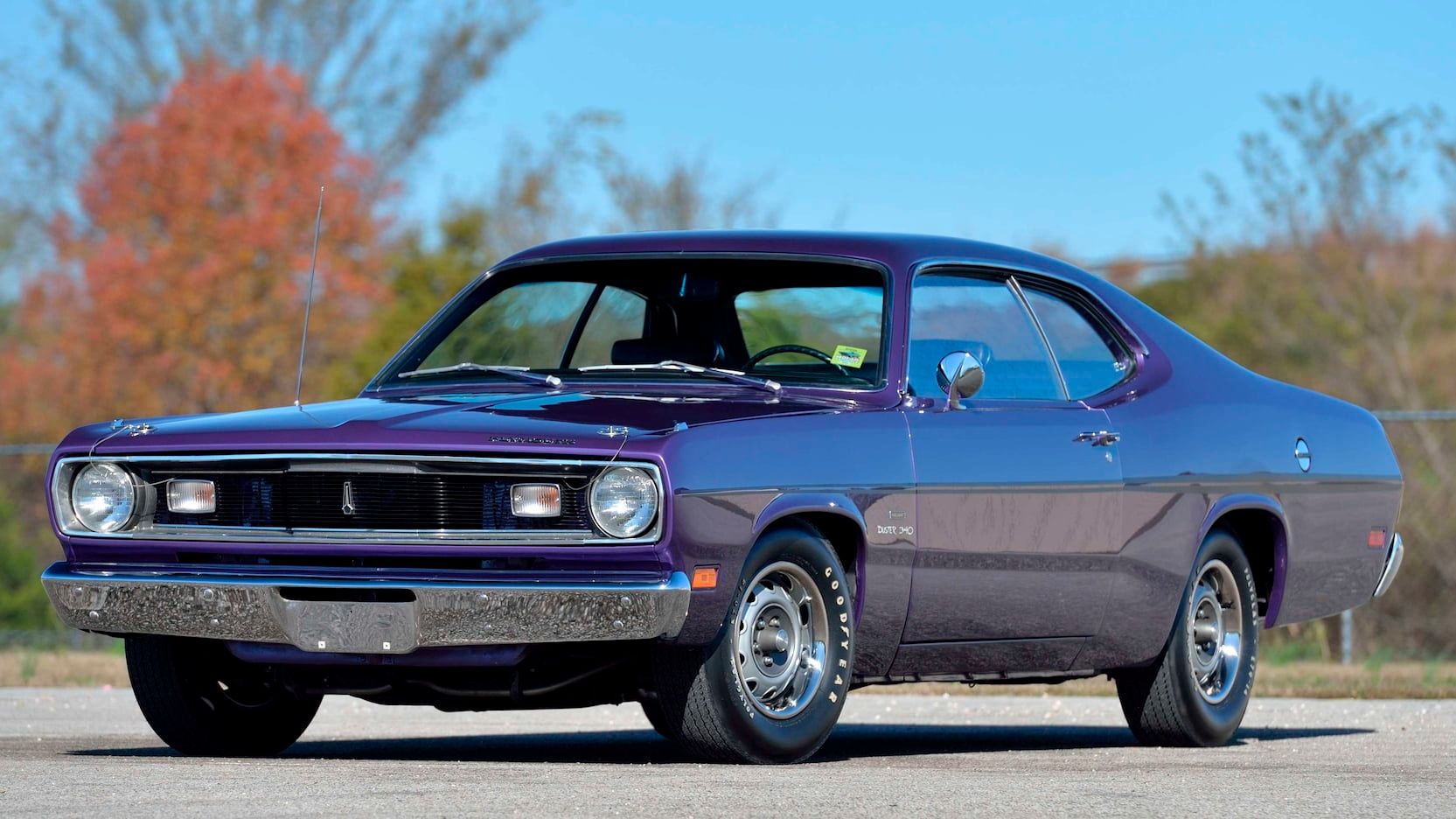
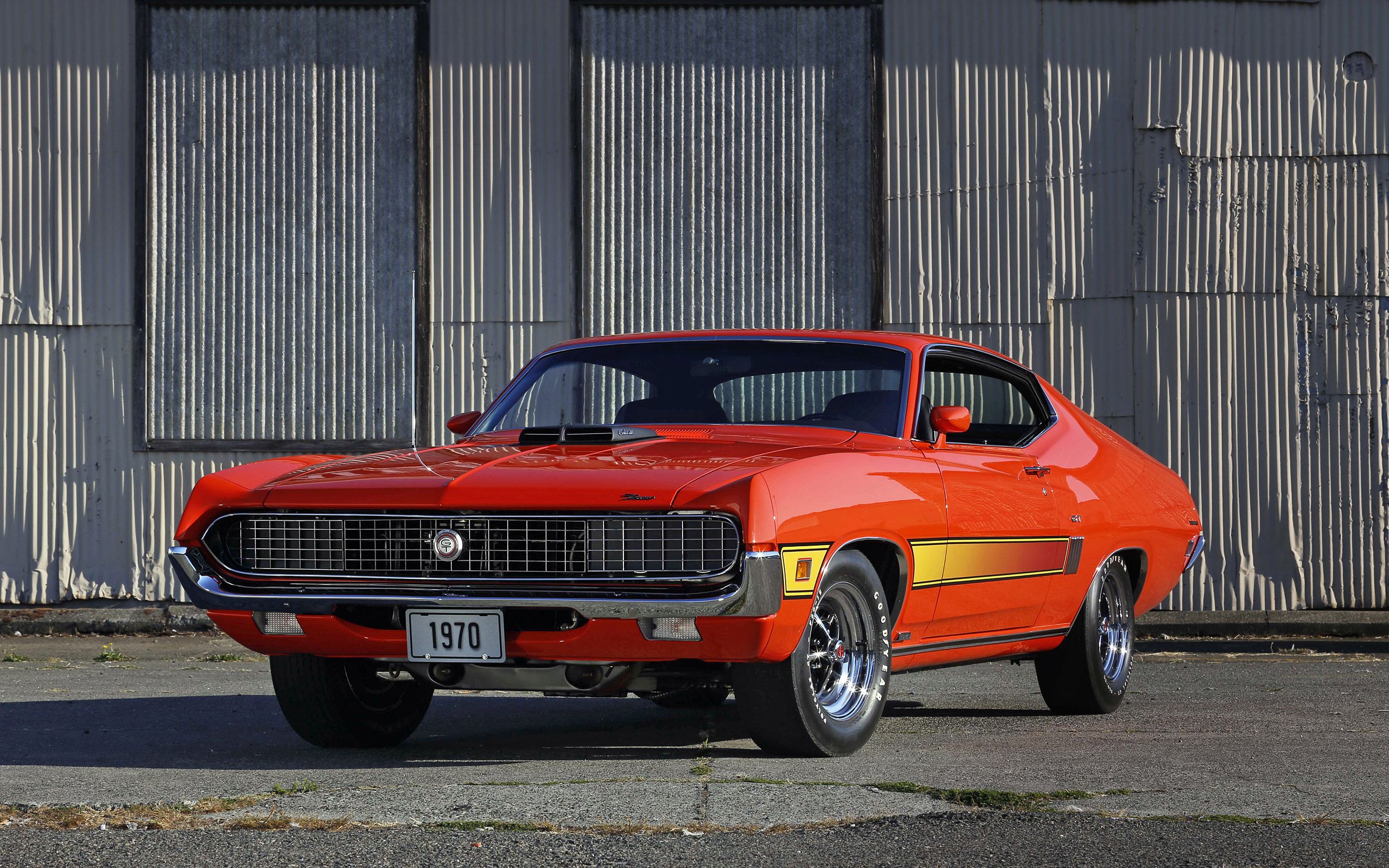
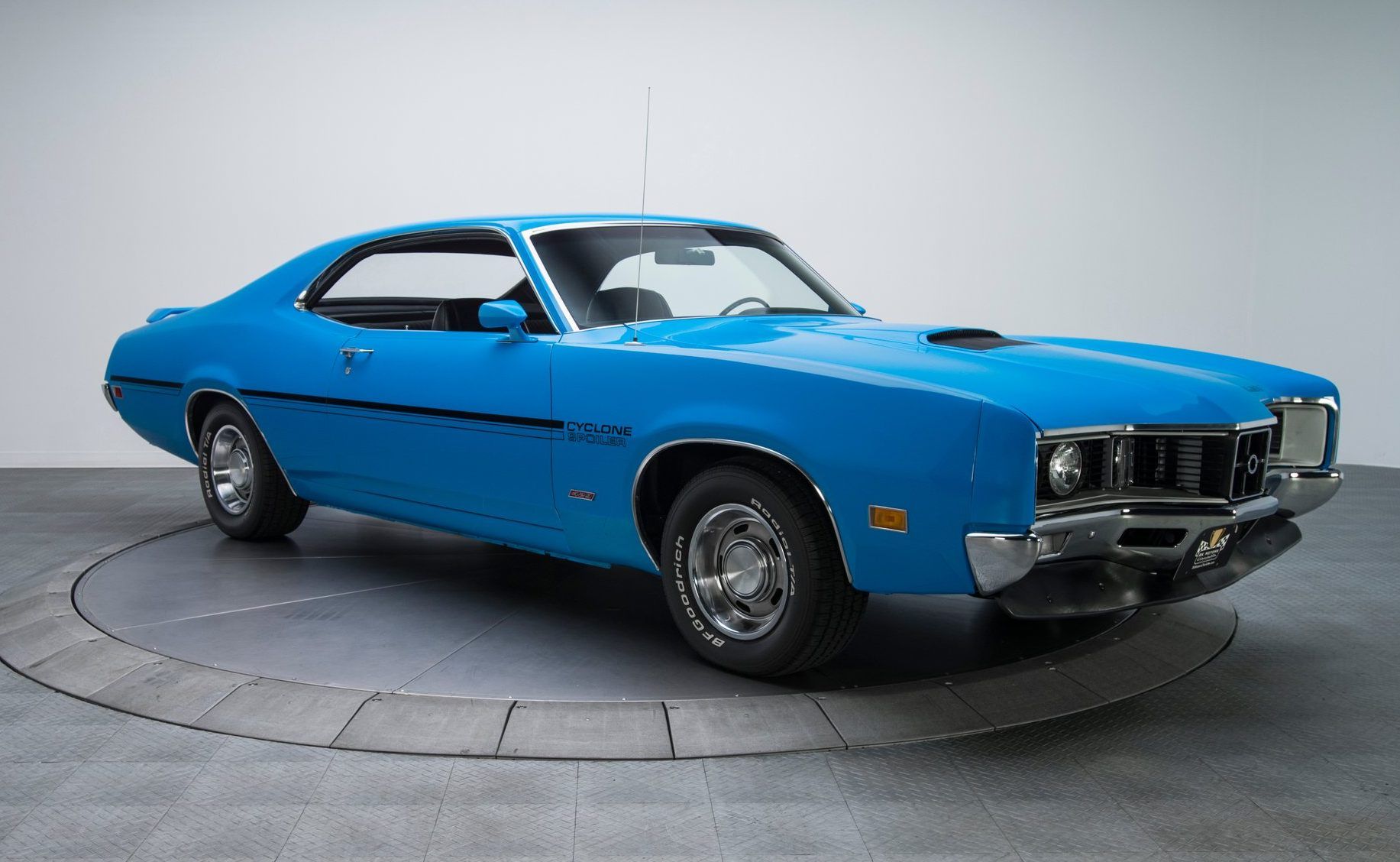
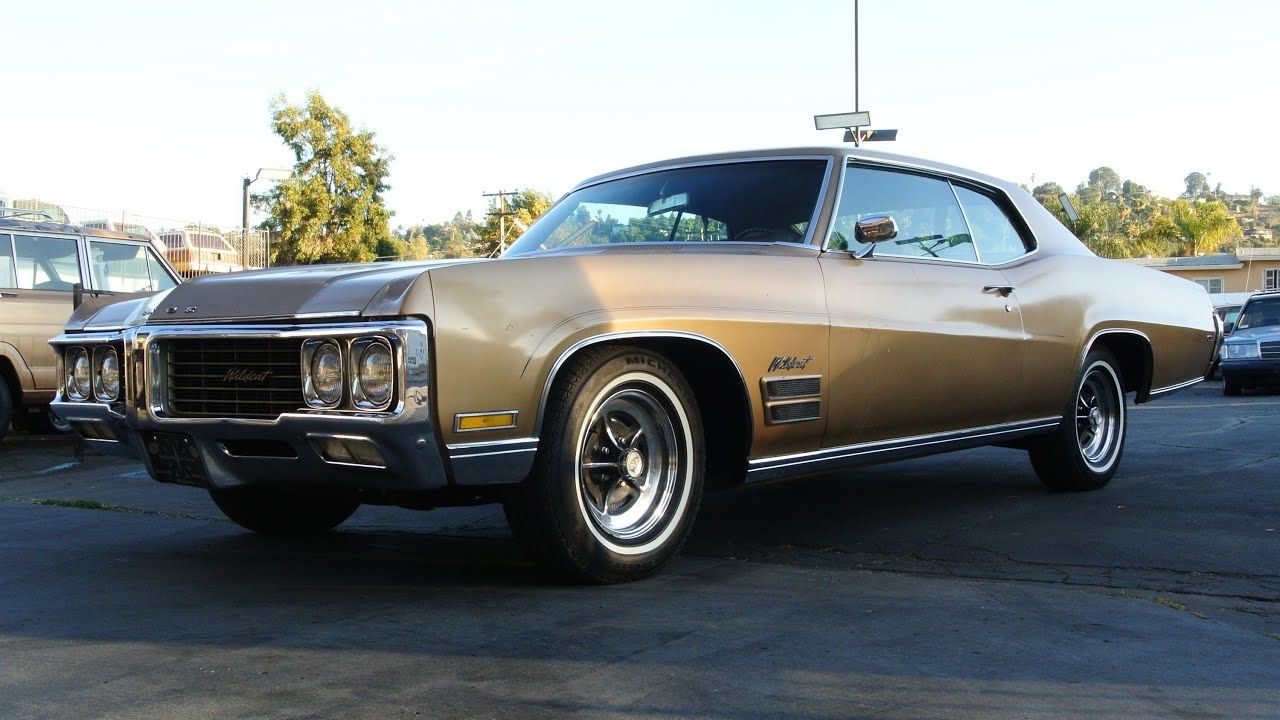
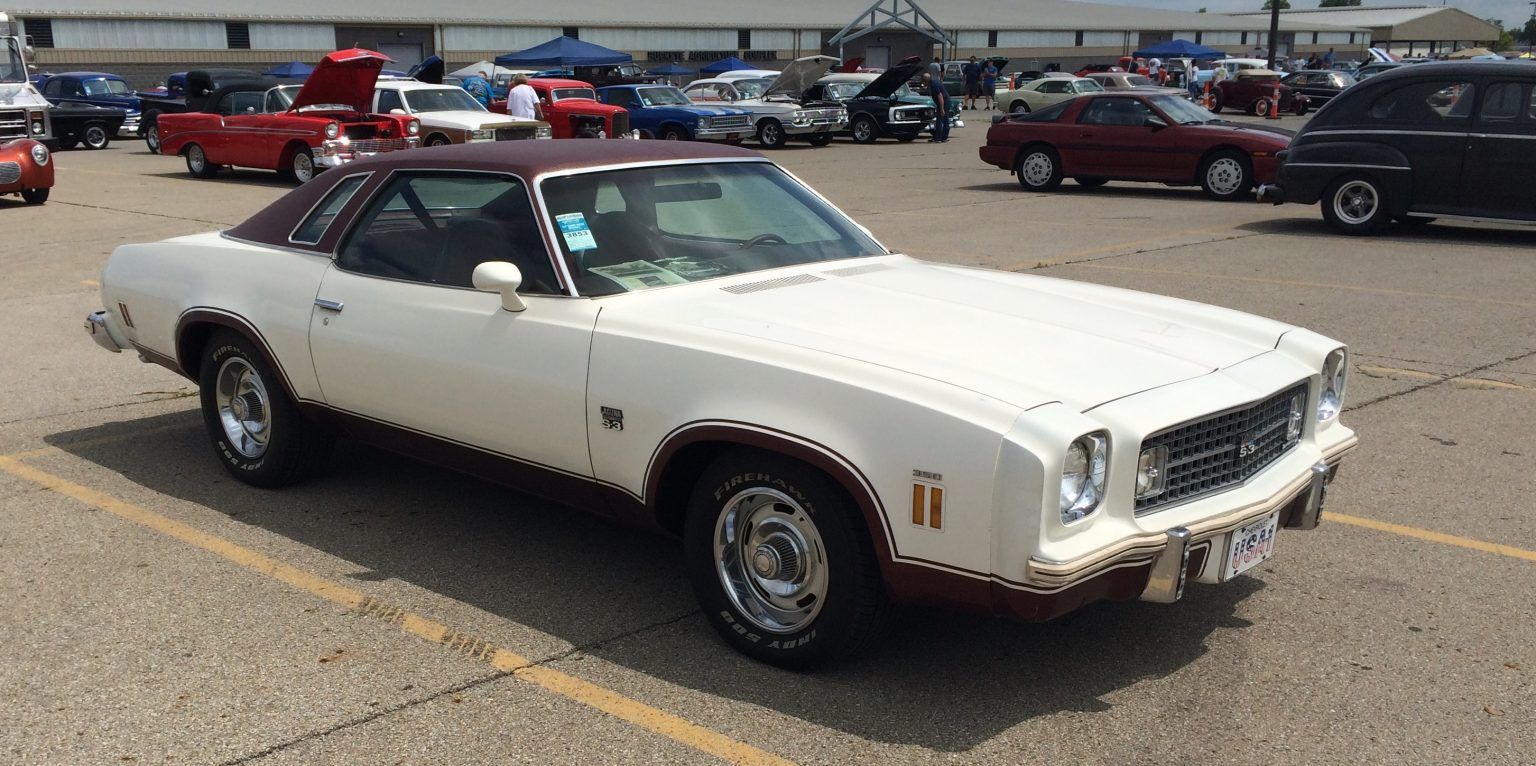
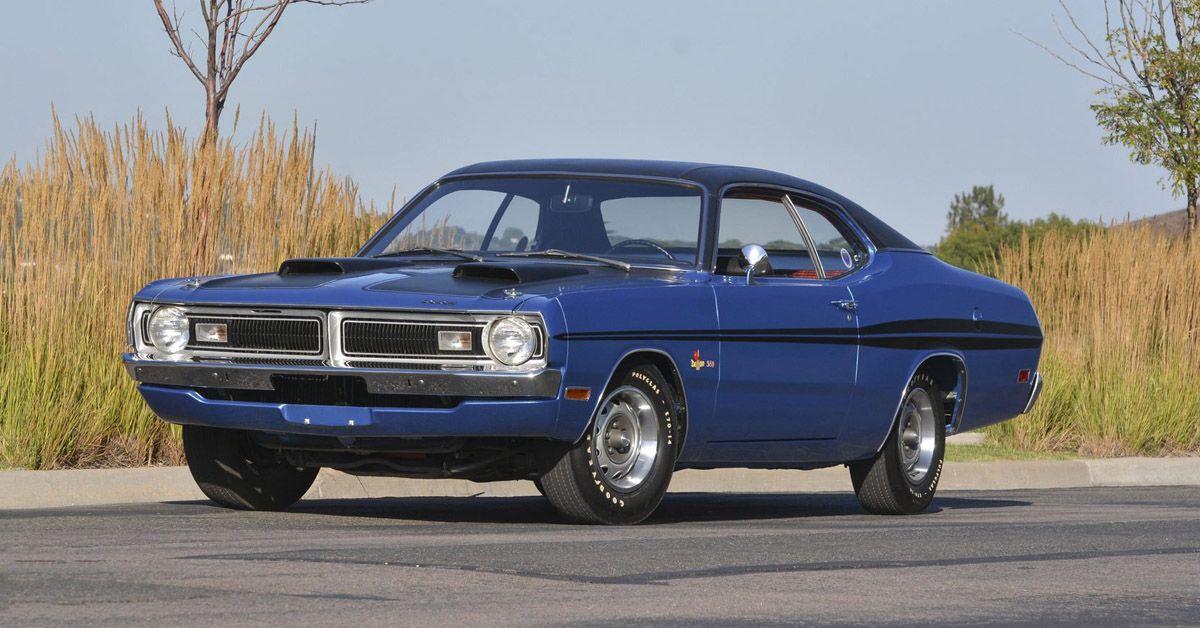
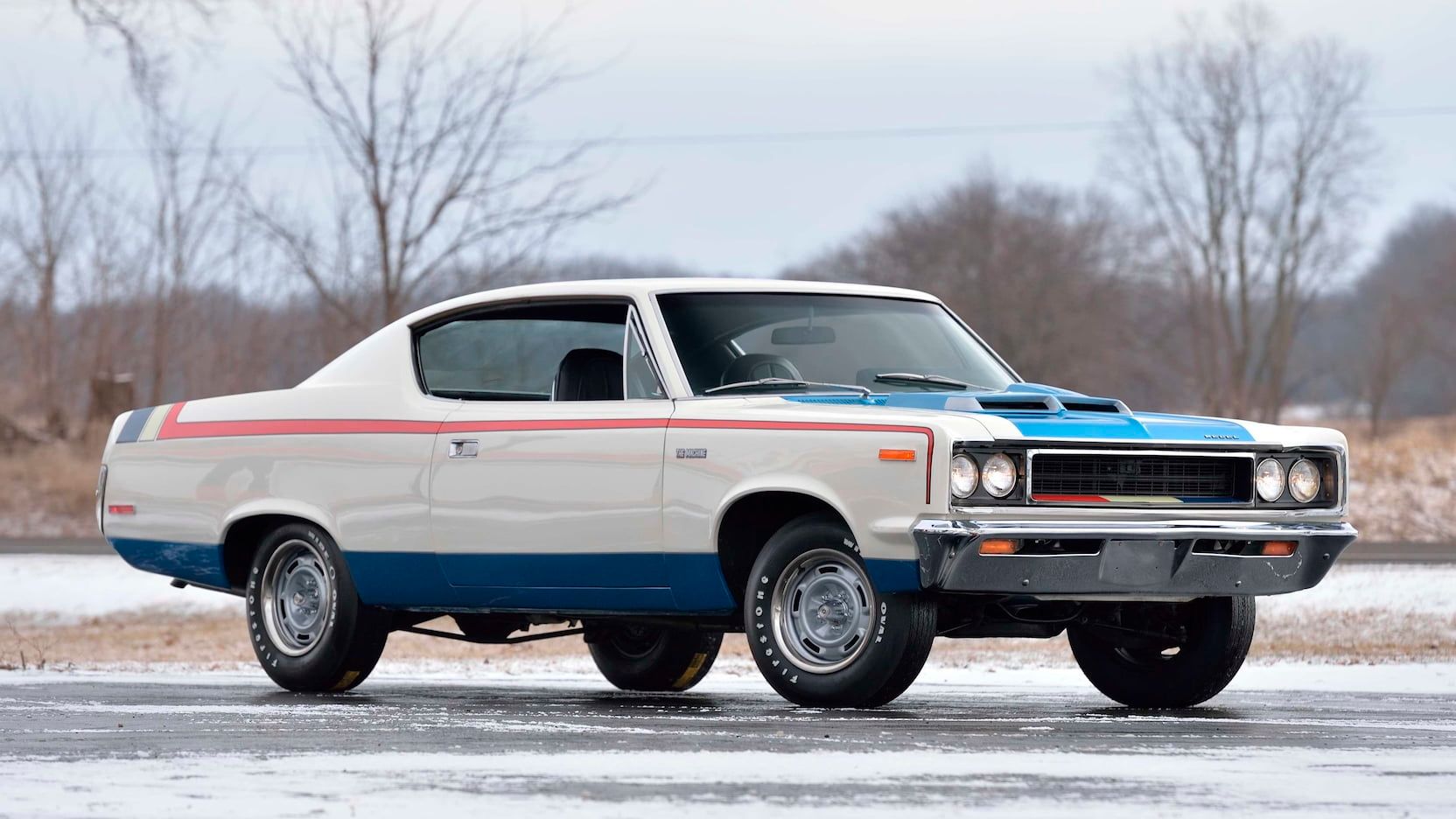
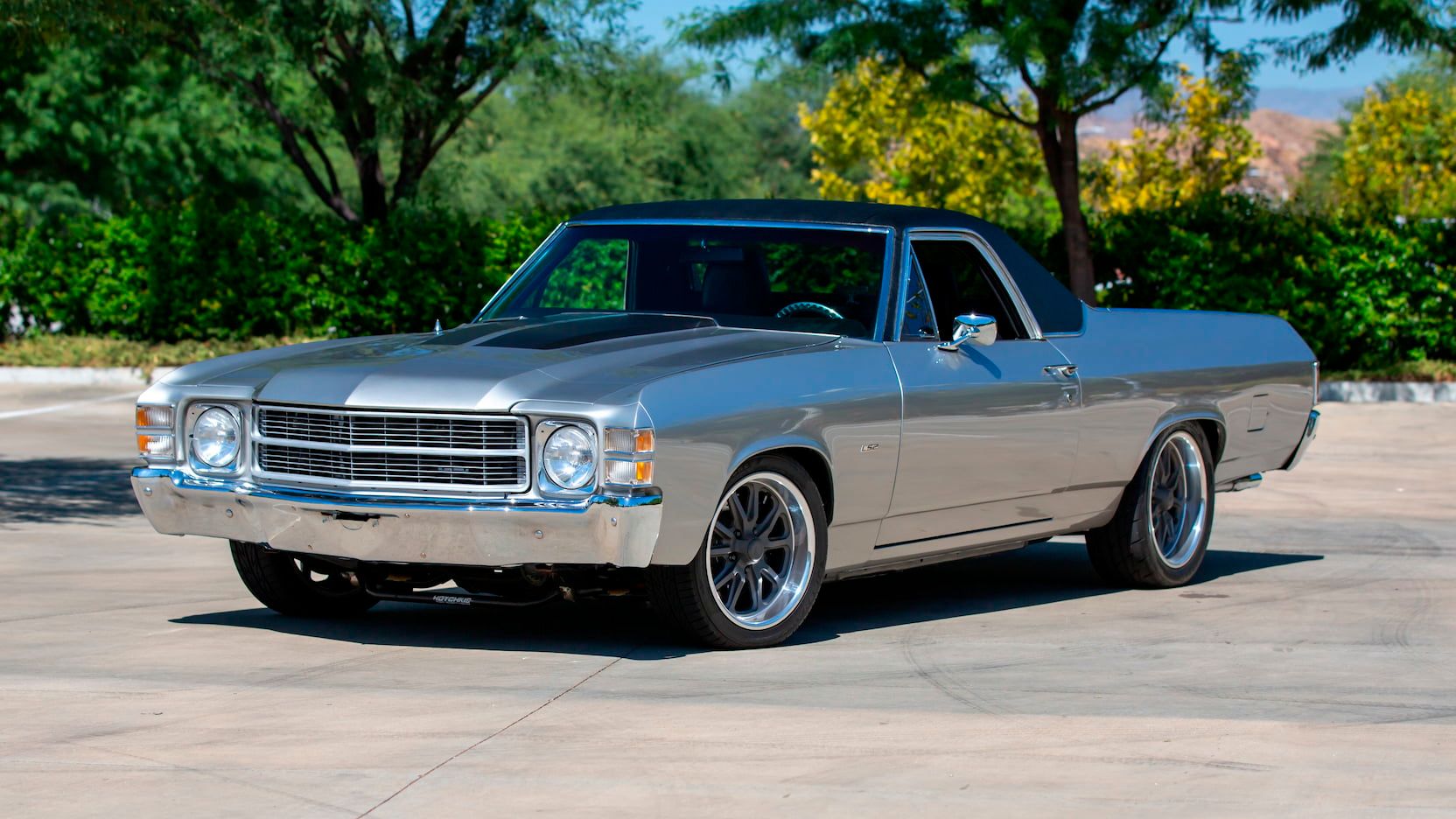
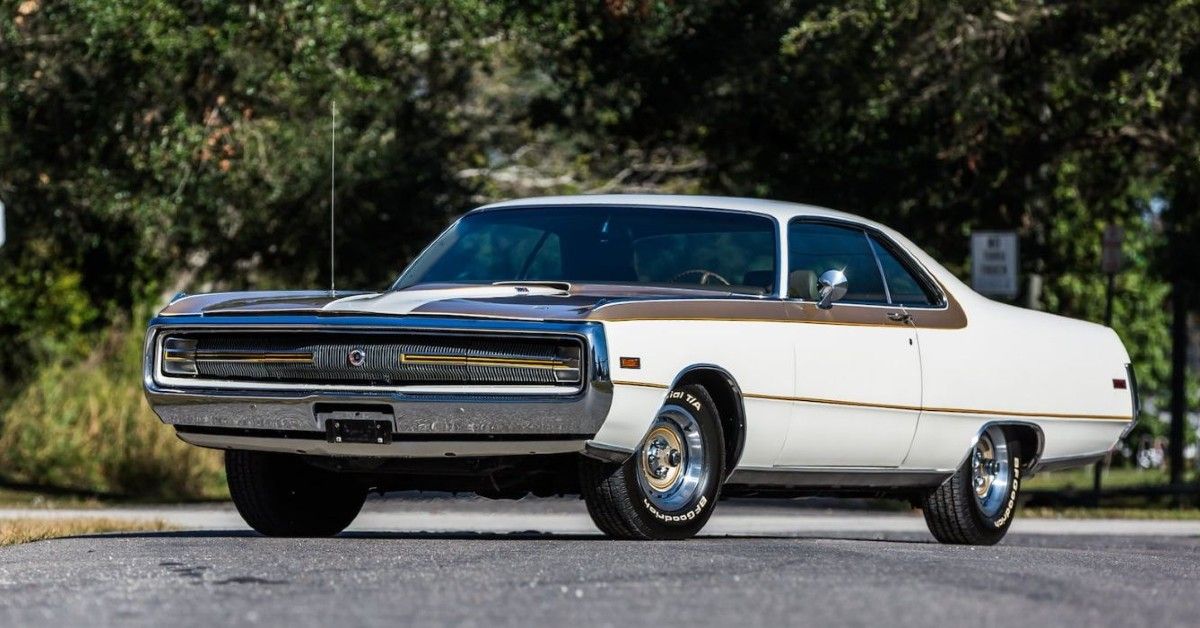
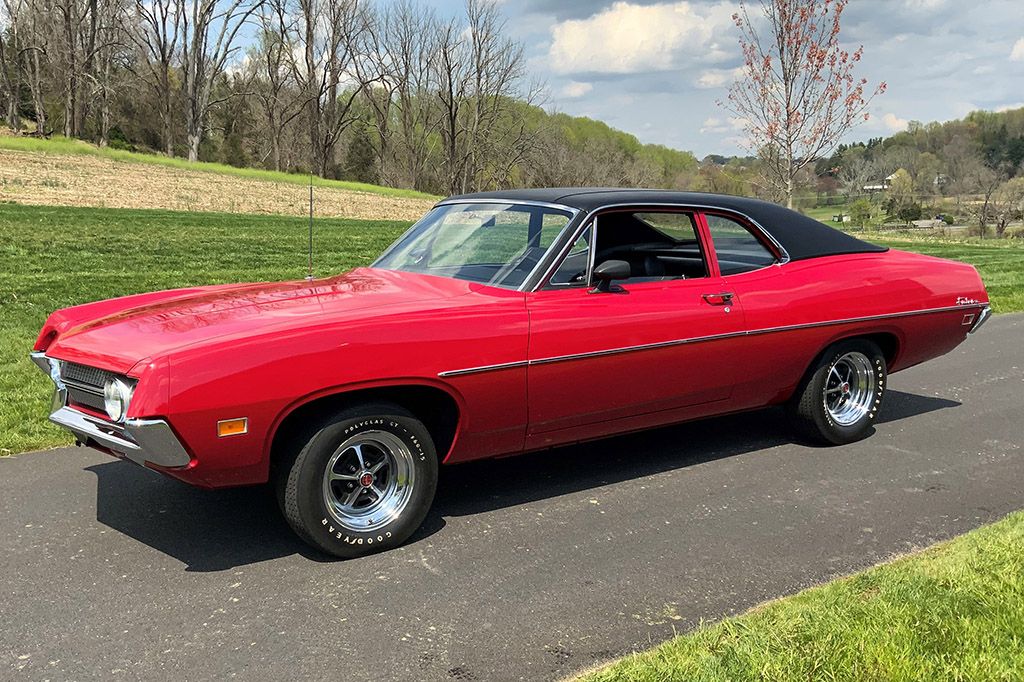
.jpg)
